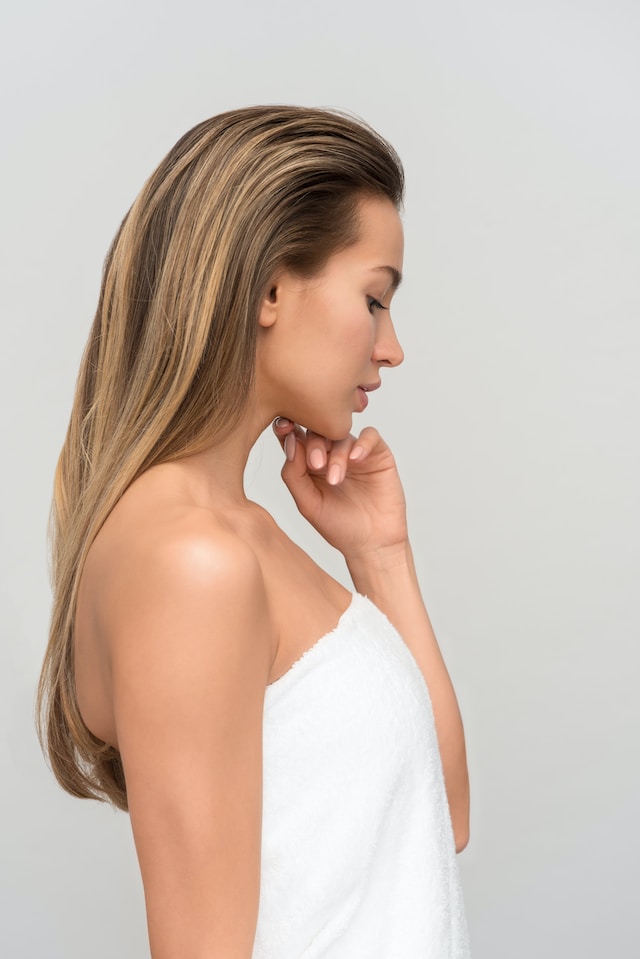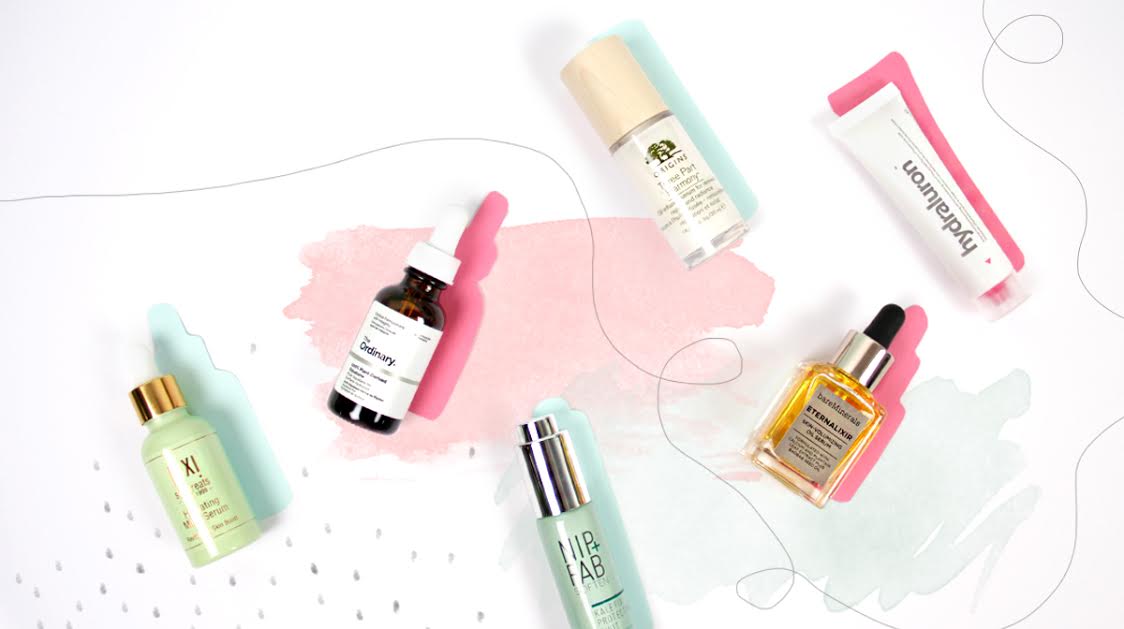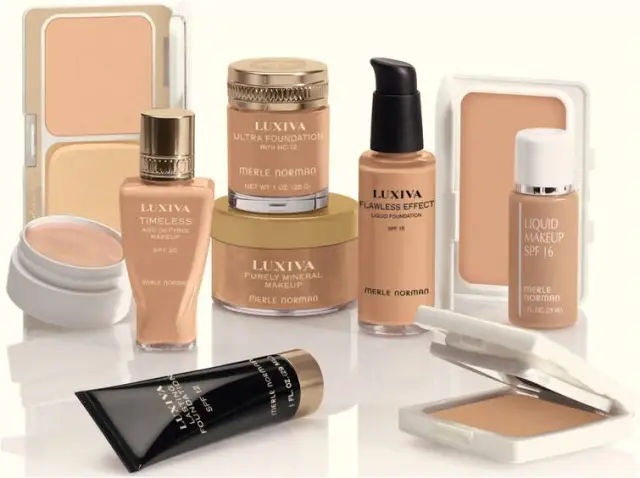In order to improve the appearance of our skin as we age, we turn to skin care regimens. Friends and coworkers offer skin care methods that worked for them. Advertisements try to declare their treatment as being the most effective. Countless internet stores try to sell their gimmicks for looking young over night. To get back to healthy, young looking skin, start with treating it right at home. When that doesn’t work, there are other options to choose from.
Exfoliation at home
To take better care of the skin, try using a mild exfoliant every morning. Gently scrub the skin with a cleanser containing microbeads or a sugar scrub to lift away dead skin. Understand that this method won’t get results nearly as impressive as through a clinic or spa. However, it does help to keep the skin clean and pores free of clogs.
Microdermabrasion
The procedure of microdermabrasion is a mild exfoliation of the surface of the skin. There are two different mediums used in microdermabrasion – crystals or diamond dust to exfoliate the skin. The device exfoliates with the medium while it suctions away the dead skin cells at the same time.
This method does not use needles or anaesthetics so clients may return to work or regular activities the same day. Most clients say the application feels similar to a cat licking their skin, not painful. There are few to minimal risks and side effects with microdermabrasion procedures. The treatment is mild, as are the results and they only last a period of a few weeks.
Laser therapy
Using specific spectrums of light energy, laser skin resurfacing is done by carefully vaporizing the surface layers of skin. While it might sound harsh, understand that the laser is working in a controlled way to target specific cells, not randomly removing everything in its path.
How uncomfortable the procedure is depends on how intense the treatment is. A less intense treatment can be done with milder results or a deeper treatment can be done for more impressive results. A numbing cream can be used to make it less uncomfortable for those with low pain tolerances. Side effects may include swelling and redness.
Facial peels
Many turn to facial peels for rejuvenating the face. The strength of the peel also determines how effective it is. Superficial or light peels are mild whereas deep peels are strongest. The chemical agent is applied to the skin and timed according to the agent used. A neutralizer is used to stop the chemical and the skin is then rinsed.
The deeper the peel, the higher the risk involved. Mild peels have lesser risks and lesser results. needing to be repeated monthly. Deep peels usually require two weeks of down time and should not be repeated sooner than three months. Medium to deep peels should only be performed in a medical clinic due to potential complications. Risks include infections, allergic reactions, pigment changes, and scarring.





